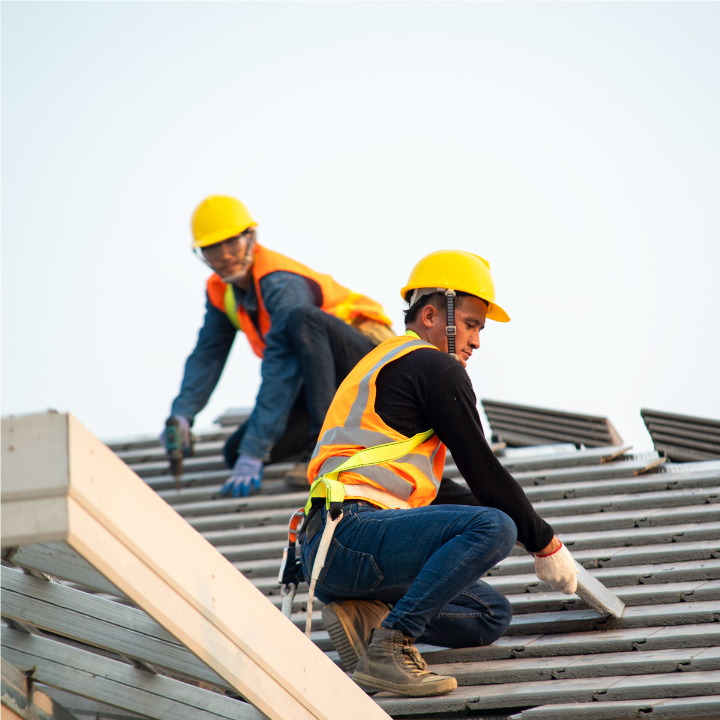Our roofs get no respect. Day in and day out, they protect our homes from bad weather, high winds, and the blistering sun, just for us to ignore them until they finally fail us and start leaking. And, it makes sense – as the saying goes: if it’s not broke, don’t fix it. Roofs are fairly easy to maintain, and nobody really wants to think about the big ticket price of installing a new roof. But maybe we should all be thinking about it more. Accepting that our roofs will eventually come to the end of their lifespan and planning for that eventuality can save money and stress in the long run.

Average Roof Lifespan
The average lifespan of a roof depends on multiple factors, the most important of which are the material of the roof and the level of maintenance and care the roof receives. Slate, copper, and tile roofs can last more than 50 years when well-maintained. Wood shake roofs will last about 30 years when they’re taken care of, but they’re high maintenance and will break down more quickly if you’re not committed to caring for them properly. Asphalt shingles are the most common residential roofing material in the United States and typically last between 20-30 years. Routine maintenance and inspections will help prolong the life of your roof, but eventually, it will get to the end of its life, and it’s better to be prepared. Knowing the average lifespan of your roof will help you determine when it’s time to start preparing for a replacement.
Benefits of Planning Ahead
There are several benefits to planning ahead for your roof replacement. If your roof has an average lifespan of 20 years and you know that the roof was installed 18 years ago, start doing some research to maximize your options.
Roof Systems
Planning for a roof replacement before your roof fails will give you the opportunity to research different roof systems and materials. Roofing technology is constantly evolving, and you may find that you want to upgrade to an entirely different material or system than what you had before. Waiting until there’s already an issue means you’ll have to act fast and will have less time to research, so you may miss out on the opportunity to find a more efficient or appropriate system for your needs.
Timetables
Planning ahead will give you more flexibility in your timeline for your roof replacement. This can allow you to take advantage of the most convenient timing for the least disruption to your household. It will also allow you to take advantage of less busy roofing seasons so you can ensure your roof will be done quickly and efficiently.
Budgeting
You do not want to wait until you have rain pouring into your living room to make the decision to have your roof replaced. Pre-planning your roof replacement instead of waiting for a roof failure gives you the opportunity to determine a budget and get estimates ahead of time so you can save if needed and balance the spending on your roof with other major expenses. In addition to saving money on the roof itself, pre-emptively replacing your roof will save you the expense of repairing the damage caused by roof failures.
Go For It
Don’t put off your roof replacement until it’s too late. Nobody wants rain in their living room, and the best way to prevent it is to understand the lifespan of your roof and take the time to plan a roof replacement before you experience damage.
Subscribe to Horizon Restoration's Blog


Comments